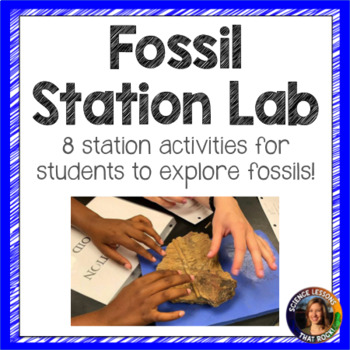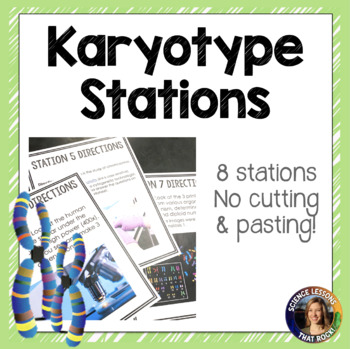
What are station activities?
I love love love using stations in my classroom. They are essentially student-led activities that are placed around the room. Students have a few minutes per station and rotate around the room to complete tasks. While they could be used as an introductory activity, I prefer to use them towards the end of a unit to assess student learning. Since students are already familiar with the content, it gives me the opportunity to take a breather and get caught up on some grading while they work. Once students are trained on how to complete them and know what your expectations are, they work like magic.
What type of activities can be used as a station?
When I do stations, I generally assign between 8-10 stations. I try and make sure every station is unique so students don’t get bored (ie: don’t have multiple stations that are both video clips). At each station I have students complete some sort of activity and answer questions. Some of my go-to activities include:
- Video clips
- Virtual labs or simulations
- Read an article
- Complete a jigsaw puzzle of vocabulary terms
- Card sort
- Quick experiment
- Analyze a graph or data set
- Observe something under the microscope
- Fill out a concept map
- Answer task card questions
- Discussion station
I personally prefer to keep activities short and only give students 4-5 minutes per station. This means I find SHORT video clips, and make sure any lab activities or simulations can be completed in a few minutes. Other teachers prefer to assign fewer stations that take more time. It is totally up to you!
Some general tips…
If you are new to trying stations, here are a few pieces of advice.
- SET THEM UP THE DAY BEFORE. It can be stressful to come in and set up stations before school. Whenever I’m in a rush, I run into tech issues or have missing lab supplies. Set them up before you go home so the next day is a breeze.
- PROTECT YOUR PAGES. If you take the time (and ink!) to print the station pages in color, protect those bad boys so you can use them year after year. If you have invested in a laminator, you can laminate them, or I love using these page protector sheets. They are also dry-erase, so if you have a station where kids need to write on the page, they can easily be wiped clean.
- SET A TIMER. Let students know that some stations take longer than others. If they are at a station that can be finished quickly, they are expected to stay at their station until the timer goes off. No moving ahead.
- CHOOSE A FRIEND. One pet peeve of mine is when students finish a station early, and walk across the room to chat with a friend. When you tell them to move back to their station, you hear “but I’m dooooone!” Allowing them to choose 1 friend they want to work with helps combat this problem.
- SAVE SOME TIME TO DISCUSS. Since this activity is student-led, there are bound to be stations they get hung up on. Save 5 minutes at the end of class to discuss anything they got stuck on or clarify any concepts.
- DON’T SPEND HOURS GRADING. I often grade these activities for completion. Since we have already covered the content and had a discussion at the end of class, the majority of students will have the correct answers. You can also choose to grade a station or two for accuracy that you feel are most important, and grade the remaining stations for completion.
Not sure if stations are for you? Head here to download a freebie and try one out!
Here are some other station activities you might enjoy:
Rock on,











